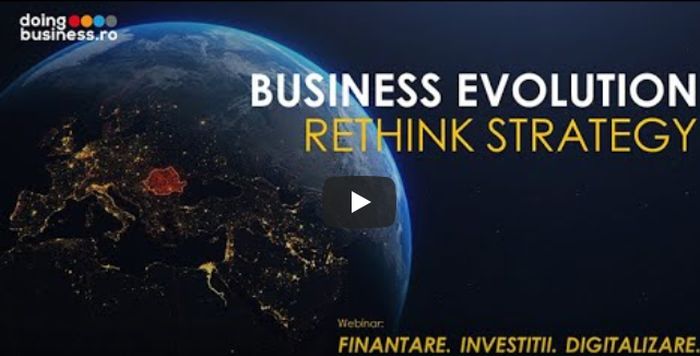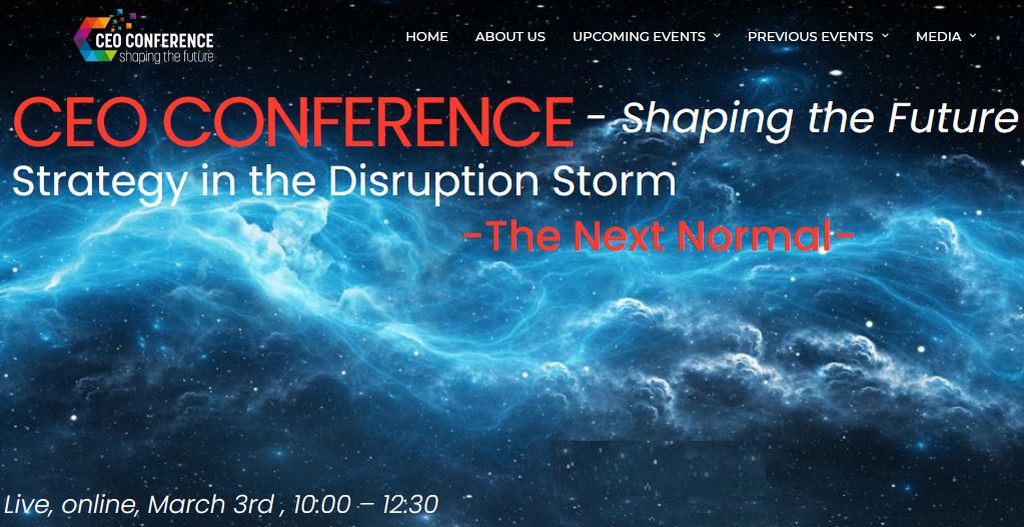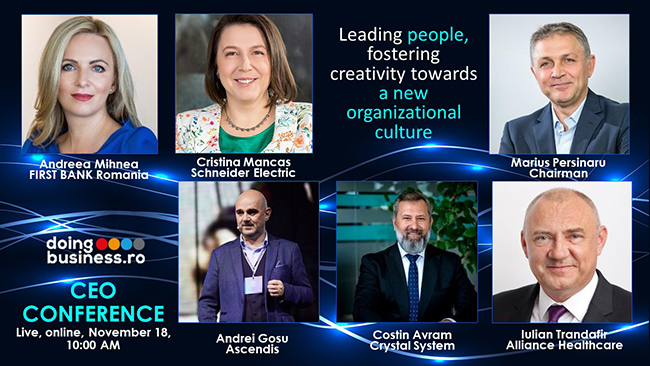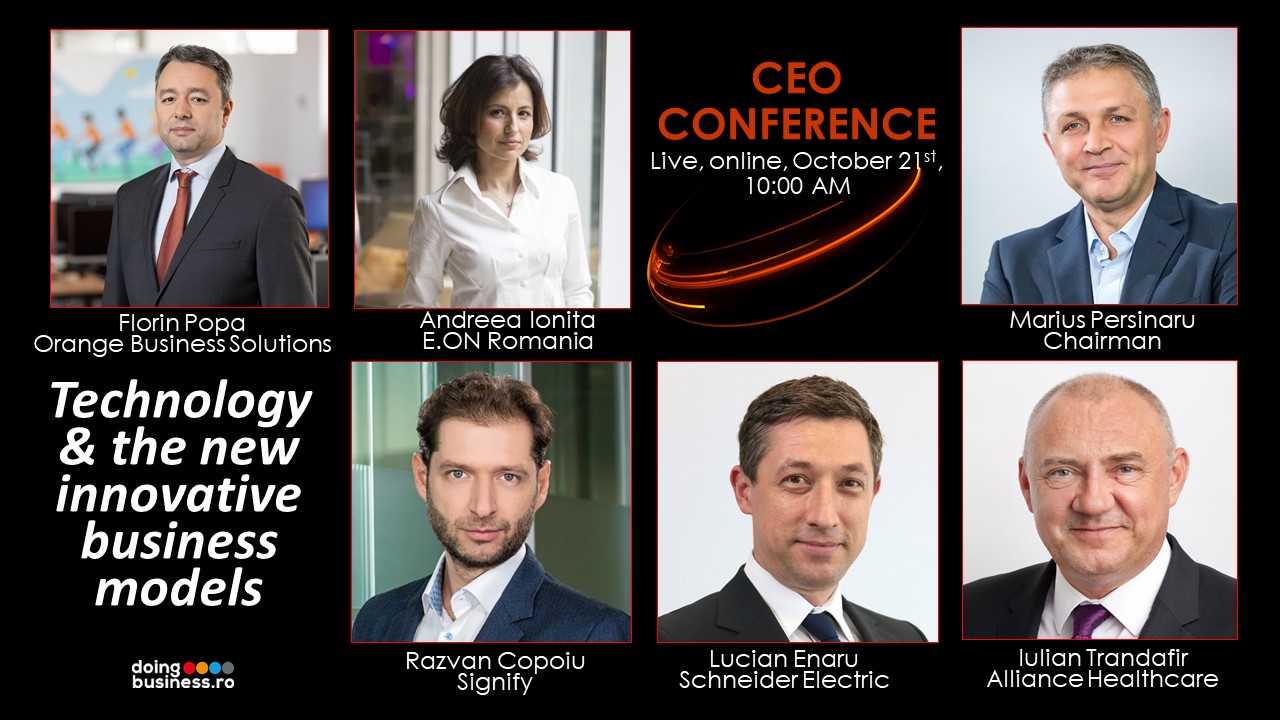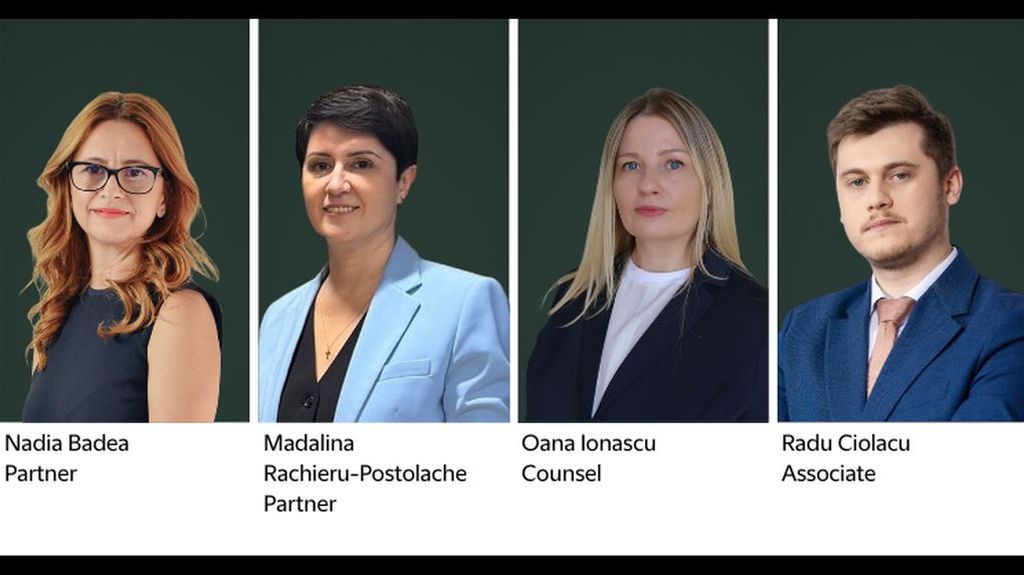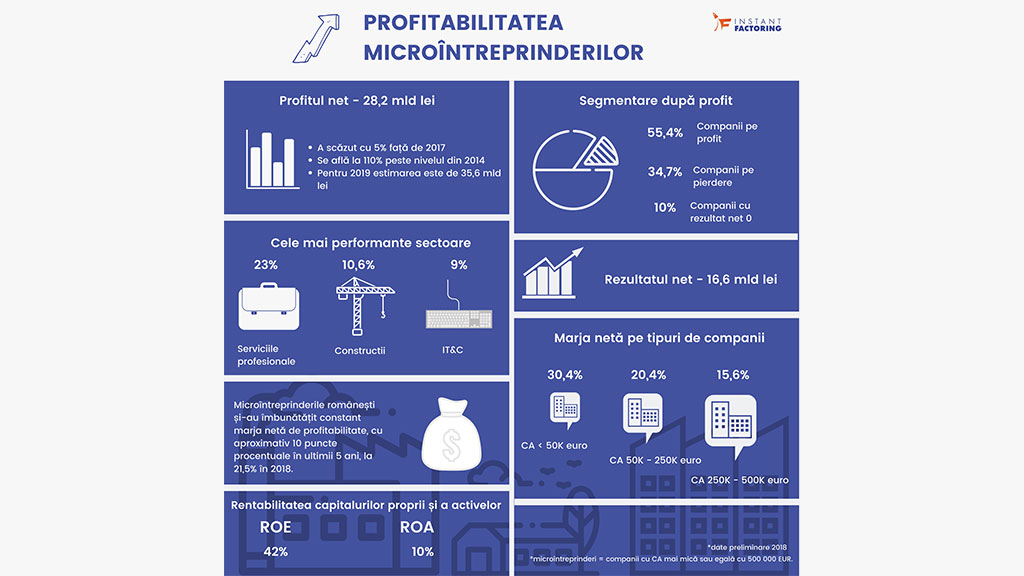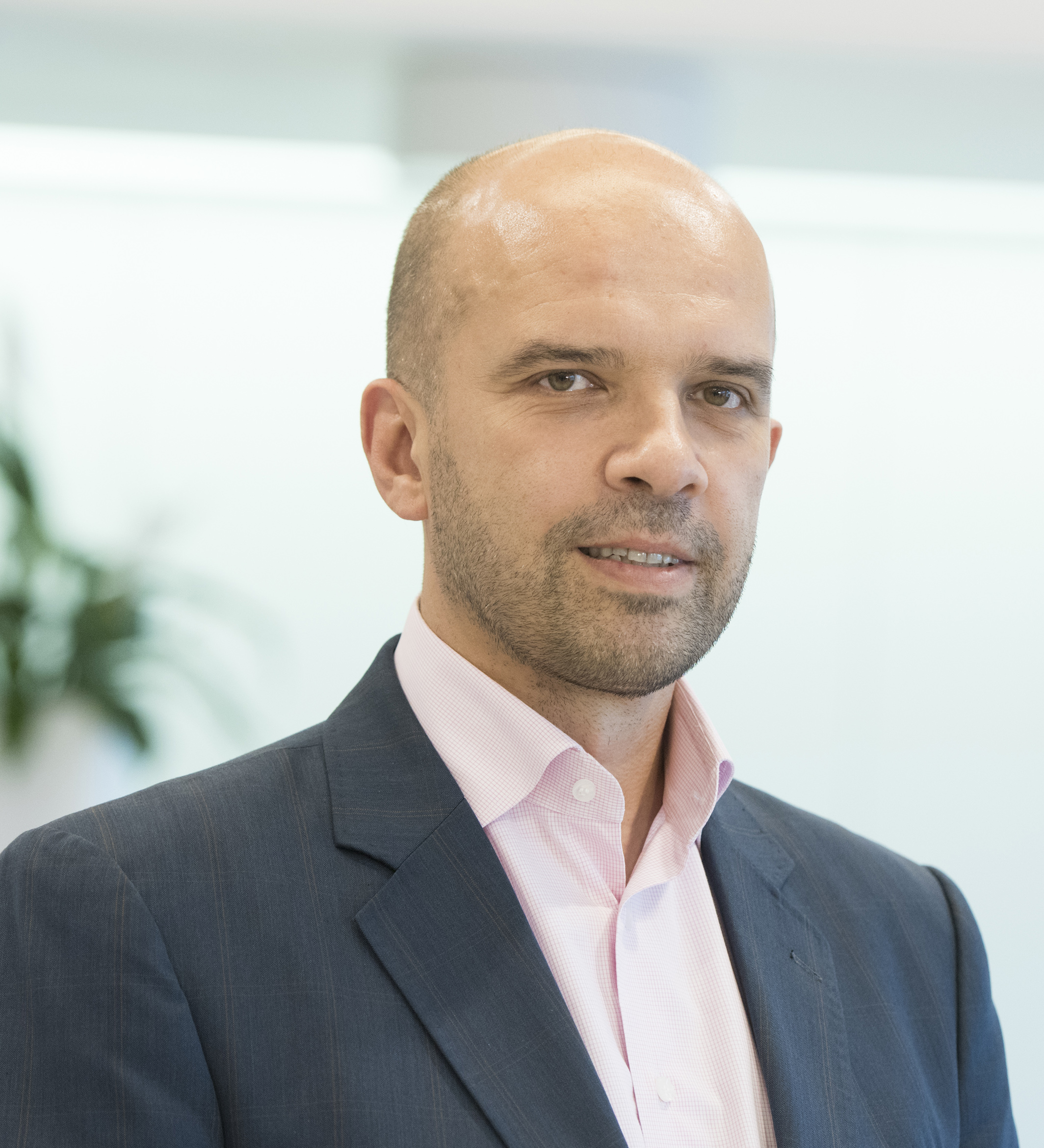The results achieved by a company largely reflect the professionalism of the people who make it up. Regardless of its size, industry, or resources, an organization can perform only to the extent that its people are well prepared, motivated, and capable of delivering value.
A recent LinkedIn survey I conducted shows that 98% of respondents believe a company’s success depends very much or quite a lot on the professional competitiveness of its employees. This almost unanimous view confirms a practical observation; collective performance is built on individual performance.
When each employee excels in their role, the whole company moves faster, reacts better, and adapts more easily. Companies that cultivate this mindset gain clear advantages in the market. Those that ignore it lose ground without understanding why.
1. Competitiveness starts with competence
Professional competence is not just technical knowledge. It includes attitude, problem-solving ability, learning speed, and the way one takes responsibility for results. When these elements exist at every level, performance becomes natural.
For example, an operator who knows their processes well reduces losses and increases productivity. A marketing specialist skilled in digital tools attracts new clients. A manager who understands team dynamics maintains morale and a steady work pace.
All these small-scale performances add up and turn into competitiveness. That is why companies with stable results treat employee development as an investment, not an expense.
2. Every role matters
Competitiveness does not depend only on leaders or top management. It is built through everyone’s effort, in every function. A financial analyst who constantly updates their knowledge spots risks early.
A salesperson who develops negotiation skills closes better deals. An IT specialist who learns new technologies optimizes costs and accelerates processes.
When every function is treated as a step toward performance, the whole company operates coherently. When some roles lag behind, overall results decline.
For instance, a high-performing sales team cannot compensate for a slow support department. A great strategy cannot be implemented by people lacking the needed skills.
That is why collective competitiveness requires balance, and this balance comes from the professionalization of every role.
3. Professionalism is cultivated, not assumed
Many managers assume employees already know everything they need to perform. In reality, professional competitiveness erodes quickly without continuous development. Technological changes, new regulations, and evolving customer behavior all demand constant updating.
Companies that invest in training maintain high competence levels. Those that do not become slow to react and miss opportunities.
For example, a logistics company that invests in supply chain management training cuts delivery times by 15–20%. A firm that trains its sales team in communication and negotiation increases its conversion rate by over 10%. These outcomes show a simple fact: professionalism produces measurable results.
4. Organizational culture makes the difference
Even the best professionals lose motivation in an environment that does not value learning, collaboration, or performance. Organizational culture can either support or block competitiveness.
If it promotes merit, recognition, and accountability, it creates a positive teamwork effect. Employees motivate each other, raise their standards, and generate a virtuous circle of performance.
However, if the culture rewards mediocrity or lack of engagement, top performers plateau or leave. Over time, the organization loses its energy and becomes vulnerable.
Companies that link individual performance to shared values turn professionalism into a strategic resource. They do not just attract talented people, they make them stay and grow with the organization.
5. Leadership as a multiplier
Leaders transform individual competence into collective strength. Through their decisions, they set the direction, pace, and expression of professionalism within the team.
A leader who gives constructive feedback, demands clear results, and supports development builds a competitive team. A leader who tolerates weaknesses without action sends the message that performance doesn’t matter.
Research shows that teams led by leaders focused on learning and performance are 25–30% more productive. In many cases, this advantage makes the difference between a company that stagnates and one that grows.
Leadership, therefore, is a multiplier of competitiveness. It turns individual skills into collective, sustainable performance.
6. Linking performance and learning
Competitive companies do not separate performance from learning. They treat every result as a chance to improve. When people are encouraged to analyze mistakes and learn from them, decision quality improves. When they have access to development tools tailored to their needs, they learn faster.
A concrete example: a service industry company implemented an internal mentoring program between generations. The result was an 18% increase in retention and a 12% reduction in onboarding time for new employees.
This is clear proof that investing in learning strengthens collective competitiveness. Without a constant mechanism for knowledge renewal, any advantage fades over time.
7. Measuring professional competitiveness
To improve competitiveness, you must first measure it. High-performing companies regularly assess employee skills, identify gaps, and define development plans.
Tools such as 360° evaluations, individual career plans, and certification programs provide a clear picture of real competitiveness levels.
For example, a manufacturing company that introduced biannual technical skill assessments improved operational efficiency by 9% in one year.
By quickly identifying vulnerable areas, it could intervene through targeted training and coaching. When you measure continuously, you improve continuously. Moreover, continuous improvement defines competitiveness.
8. Employees’ role in competitiveness
A company can provide resources, but each employee is responsible for their own performance. Those who seek to learn, ask for feedback, take on new projects, and develop their skills quickly become benchmarks within the team. Those who wait for formal training without initiative fall behind.
Individual success is not accidental. It is the result of a daily choice, to stay relevant. Professionalism is not a title, but an attitude. In addition, that attitude distinguishes companies that evolve from those that merely endure.
A company’s competitiveness is not built on processes, strategies, or budgets, but on people who know, can, and want to perform.
The survey showing that 98% of professionals see company competitiveness as directly tied to employee competitiveness confirms a core truth: people are the main differentiator.
Every function, from production line to top management, contributes to collective performance. When employees grow, the organization grows. When individual complacency sets in, the company’s ability to compete declines.
Real competitiveness comes through continuous growth through training, leadership, and a culture that values learning. A company cannot be better than its people can. Nevertheless, it can become exceptional when each of them commits to their own level of excellence.
* * *
About Constantin Magdalina
Constantin Magdalina has 15 years of professional experience, during which he worked for multinational companies, both in the country and abroad. Constantin has a Master's degree in Marketing and Communication at the Bucharest Academy of Economic Studies. He is LeanSix Sigma and ITIL (IT Information Library®) certified, which facilitates a good understanding of processes and transformations within organizations. On the other hand, the certification obtained from the Chartered Institute of Marketing completes his business expertise. In the more than 4 years of activity within a Big 4 company, he initiated and coordinated studies that analyzed aspects related to the business environment in Romania. Among them are the economic growth forecasts of companies, knowledge management, the buying experience in the era of digital consumers, the use of mobile devices or the customer-centricity of companies in Romania. He is the author of numerous articles on topics related to innovation, streamlining business processes, digital transformation, emerging trends and technologies. He is invited as a speaker at numerous events and business conferences.










